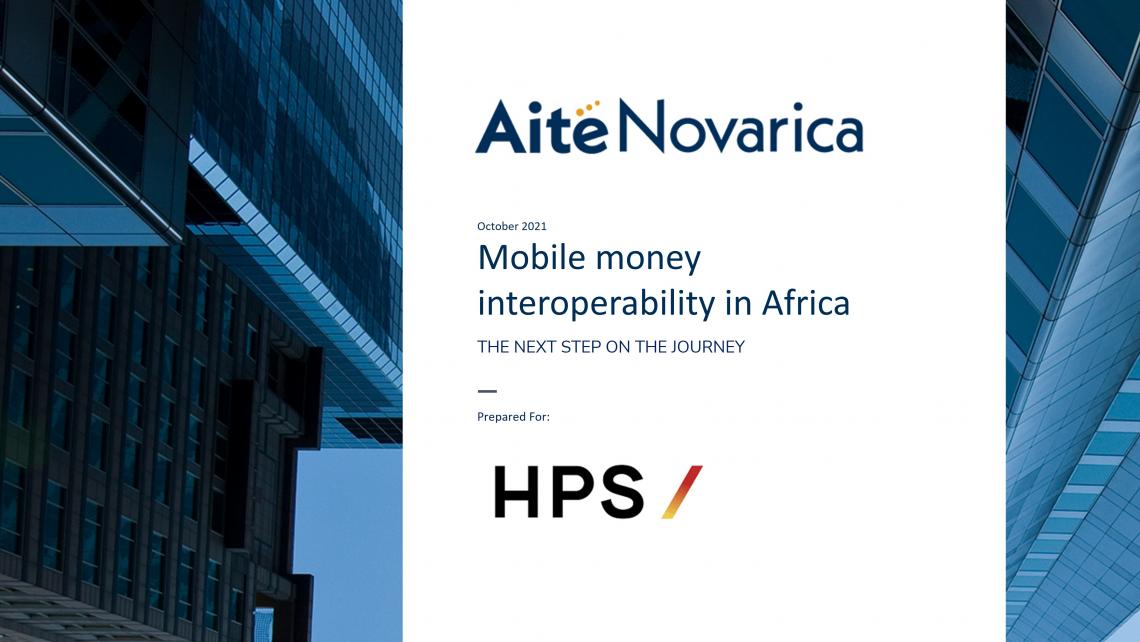Mobile money interoperability in Africa
Mobile money has changed the face of Africa, creating new pathways to an improved standard of living across the continent. Every African nation has at least one mobile money platform and most countries have more than one, Nigeria has 17! With so many platforms in single markets, interoperability is increasingly important as single providers cannot offer their customers the ability to transact with every individual or business that they need to conduct their daily lives. It’s generally understood that interoperability is essential, it’s the path to interoperability that creates challenges for all the participants in the mobile money ecosystem.
Key takeaways from the study include the following:
· There are four basic options to enable mobile money interoperability; inter-company, central bank/bank coalition, standards based, and merchant based.
· Each alternative has strengths and limitations depending upon the desired use case and the situation in the market.
· Of the four alternatives, the central bank/bank coalition model appears to offer the most inclusion, as it engages every participant in the financial services ecosystem. The Mobile Money Interoperability initiative in Ghana is an excellent example of the implementation of this model.
· Implementing a capability as complex and fluid as the central bank/bank coalition model requires a robust cloud-based system that’s designed, implemented, and operated by an experienced financial services software provider. A good example is Africa based HPS, the organization that implemented Ghana’s solution.
This report, commissioned by HPS and produced by Aite Novarica, outlines the trends, challenges, and opportunities around mobile money interoperability in Africa and provides analysis and recommendations.




















